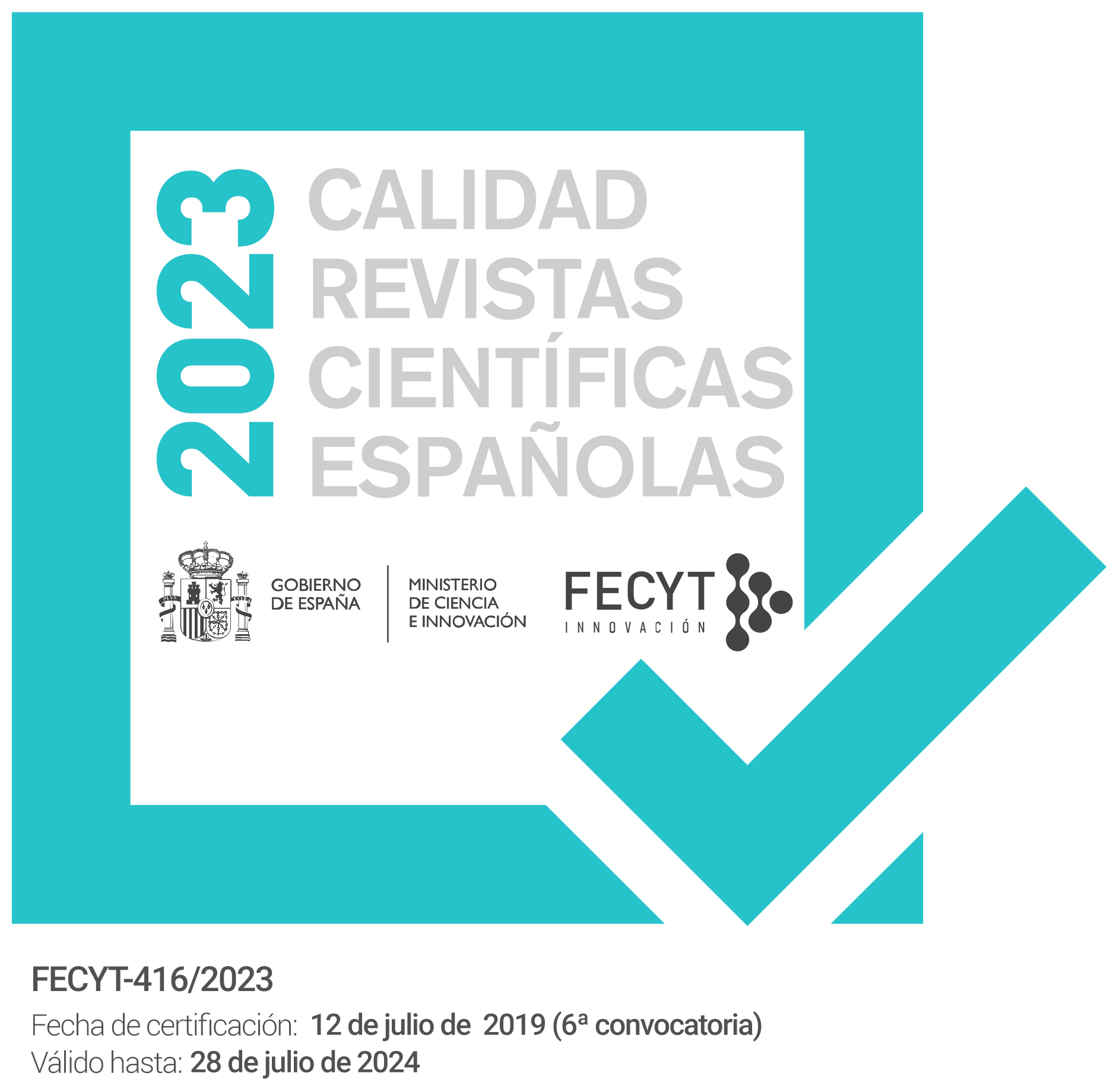La problemática de las especies vegetales invasoras en las Antillas: el caso de Martinica
Keywords:
mundialización, Antillas Menores, especies introducidas, antropización, ecosistema, especies invasoras, pestes vegetales, riesgo ecológico, resistencia, globalization, Leeser West Indies, ecosystems, anthropization, invasive species, ecological riskAbstract
La introducción de plantas es un fenómeno antiguo y consustancial a la historia de la humanidad. Los viajes y las conquistas de nuevas tierras permitieron la diseminación de las especies a partir de su lugar de domesticación. La migración de algunos pueblos está estrechamente ligada a la de los vegetales que son necesarios para su supervivencia. La epopeya amerindia en la cuenca del Caribe que originó la introducción de numerosas especies vegetales útiles, es un ejemplo elocuente. En las Antillas Menores, desde el inicio de la colonización hasta nuestros días, a las especies exógenas se les agregaron diversos taxos pantropicales. Las introducciones sucesivas se debieron al aumento de los intercambios sobre todo agrícolas, a los intereses económicos crecientes relacionados con las producciones hortícolas, y a la recrudescencia de las colecciones de vegetales en los jardines botánicos así como en los conservatorios botánicos y en otros espacios verdes o paisajísticos. Al contrario de lo que sucede en algunas islas tropicales, donde las plantas introducidas ocasionan un verdadero desastre ecológico, las Antillas Menores, a pesar de una fuerte antropización y de importaciones de vegetales exógenos, parecen estar protegidas contra las invasiones florísticas. Pocas especies se lanzan a la aventura en el medio natural. Los motivos de esa aparente resistencia ecosistémica son desconocidos hoy en día. Por ser transitoria esta situación, resulta necesario considerar el riesgo ecológico acarreado por este proceso de invasión vegetal en esos espacios insulares exiguos. En este artículo, intentaremos echar las primeras bases para una comprensión de las relaciones existentes entre las especies introducidas, de las cuales algunas son potencialmente invasoras, y la vegetación natural.
For many human communities, their migratory process depends heavily on food plants edible for the daily diet. The history of the Indians of America throughout the Caribbean, illustrates precisely the process of introduction of numerous useful vegetal species. In the lesser West Indies, from the first times of colonization up to now, it can be noticed that various species imported from the tropical side of America added to different other tropical elements. The increase of agriculture exchanges and the rise of economic interests connected to plantation’s and horticulture’s development are the main causes of theses introductions. In most of small islands (eg. Mauricius, Reunion, Tahiti) the introduction of invasive species generate an ecological disaster. But the lesser West Indies seem to be protected from floristic invasions in spite of a high level of anthropization and importation of exogene vegetal species. Indeed, a few outside species are accommodated with the natural environment. The factors that could explain such an ecosystemic resistance are unkown nowadays. Due to the transitional character of such a situation, it appears very necessary to consider this ecological risk linked to the invasive species.
Downloads
Downloads
Issue
Section
License
The articles are open access distributed under the terms of the Creative Commons Attribution-NonCommercial-NoDerivatives (CC BY-NC-ND) Spain 4.0 license. Authors who publish in this journal agree with the following terms:
a) Authors retain the copyright and guarantee the journal the right to be the first publication of the work as well as licensed under a Creative Commons Attribution License that allows others to share the work with a recognition of the authorship of the work and the Initial publication in this magazine.
b) Authors may separately establish additional agreements for the non-exclusive distribution of the version of the work published in the journal (for example, place it in an institutional repository or publish it in a book), with recognition of its initial publication in this magazine.
c) Authors are allowed and encouraged to disseminate their work electronically (for example, in institutional repositories or on their own website) before and during the submission process, as it may result in productive exchanges, as well as a earliest and largest citation of published works (See The Effect of Open Access).



